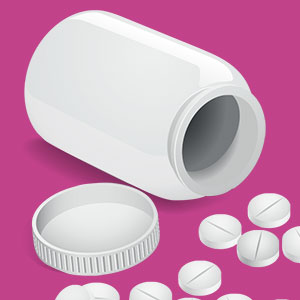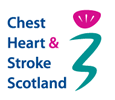Q: How often should my medication be reviewed?
A: The medicine that you are prescribed will be reviewed once a year when you have your annual asthma review. If at any time you feel that the medicine is not relieving your symptoms as well as they used to, you should make an appointment with your GP or practice nurse to have a review. Your local community pharmacist may be able to advise you too, for example, to check that you are using the inhalers correctly.
Q. Can my medicine go out of date?
A. All medicine should have a use by date on the box or bottle. Keep to this date and ask your pharmacy to dispose of any old medicine. Never put medicine into a different bottle or container.
Q. What should I do if I think I am having side effects?
A. Discuss with your GP, specialist nurse or local pharmacist. They can all give advice about any side effects.
Q. Is it safe to stop taking my medicine when I am feeling well again?
A. You should follow the guidance you were given from your GP, specialist nurse or pharmacist. Even though you may feel much better you should not stop medicine unless you have been told to do so. Some medicine is given to prevent symptoms over a long period of time. Always finish the whole course if you have been given an antibiotic.
Q. I feel sick when I take my medicine, what can I do?
A. Ask for advice from your GP, specialist nurse or pharmacist. There may be alternative medicines you can try or you may be given something to stop the sick feeling. Check if you should take the medicine before, with or after food as this can have an effect on sickness.
Q. I am using my inhaler more often to get the same effect as I used to. Is this normal?
A. No if you need to take your inhaler more often this can be a sign that you need to have a change or increase in your inhaler. It may be that the way you have been taking your inhaler is not as effective as it could be. Discuss with your GP, specialist nurse or pharmacist. They can check the way you have been taking your inhaler.
Q. I am more breathless and cough at night, can medicine help this?
A. There may be different reasons for breathlessness at night. The temperature of your room, the position you sleep in or if you are more anxious at night. The treatment for breathlessness at night will depend on the cause. There are medicines to settle your cough, you should discuss night time symptoms with your GP or specialist nurse.
Q. I had a nebuliser when I was in hospital and this really worked. Can I get one for home?
A. Very few people with asthma will need a nebuliser at home. If you do, you will have an assessment by a doctor and one will be prescribed for you. Most people who are taking their inhalers correctly will not need a nebuliser. It is not advisable to buy a nebuliser yourself because unless it has been prescribed for you, a GP will not prescribe the medicine to go into the nebuliser.






